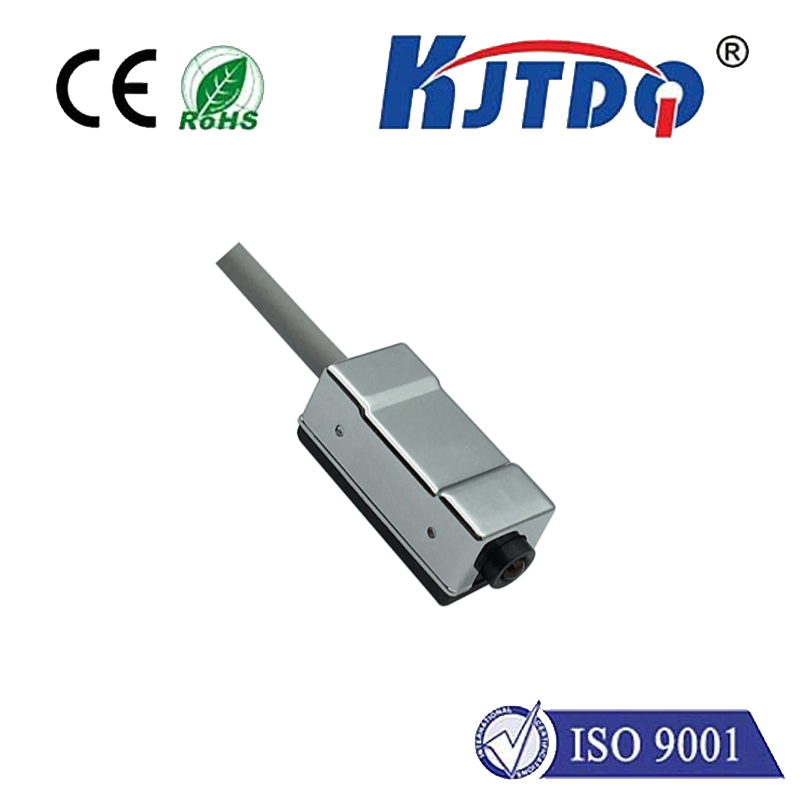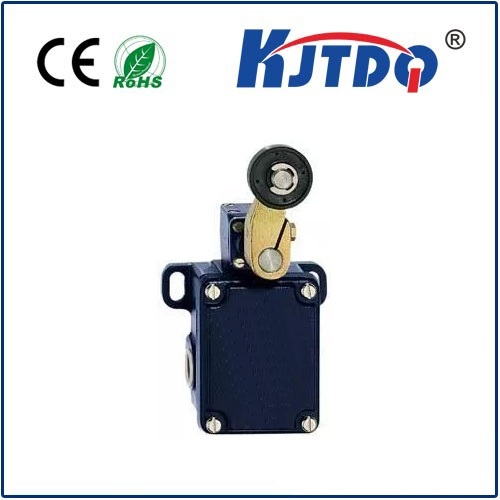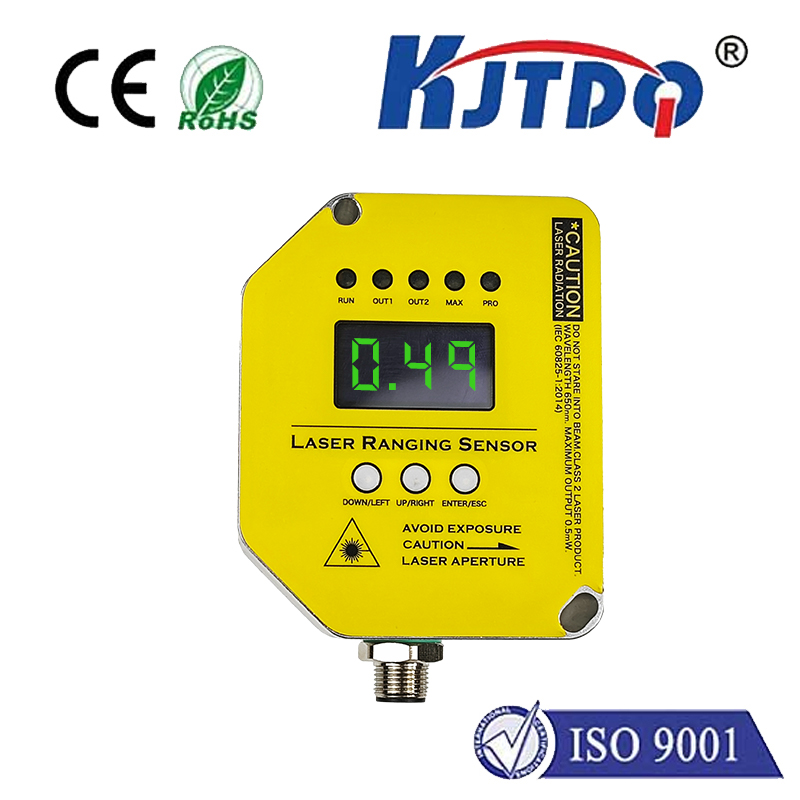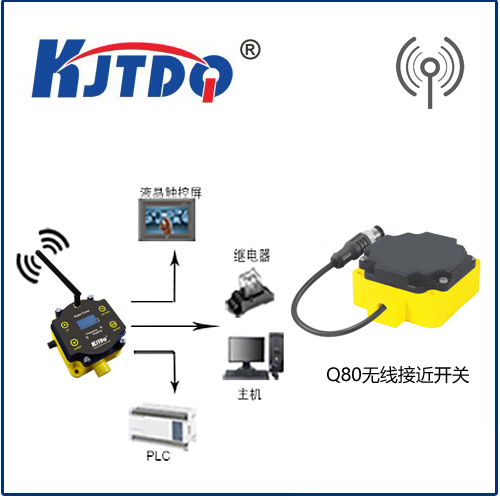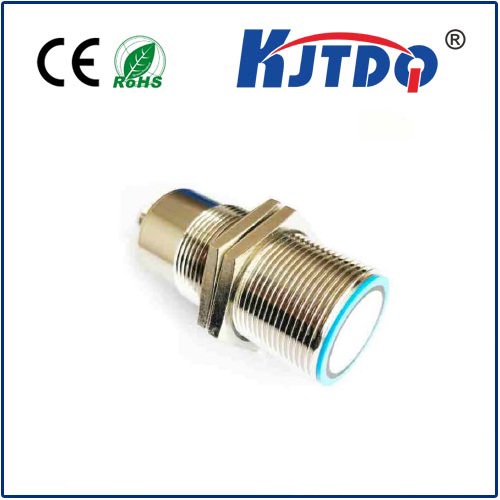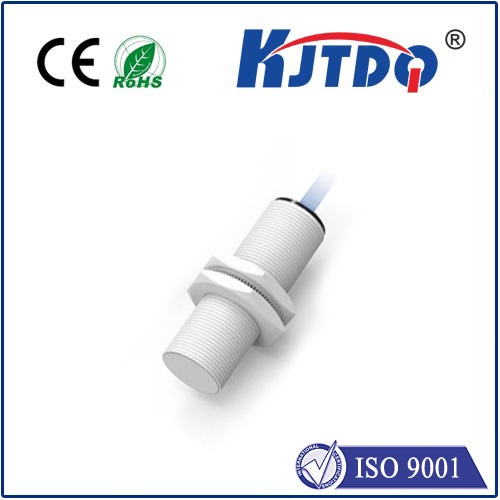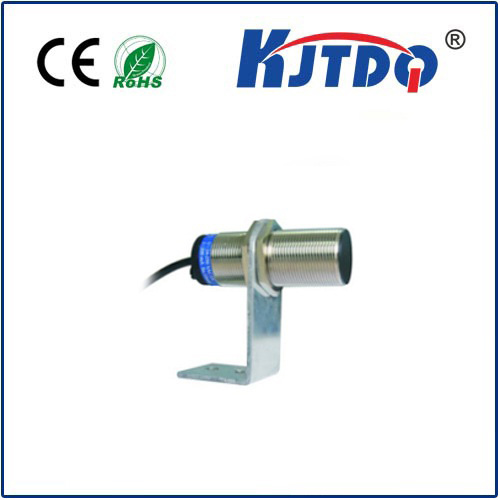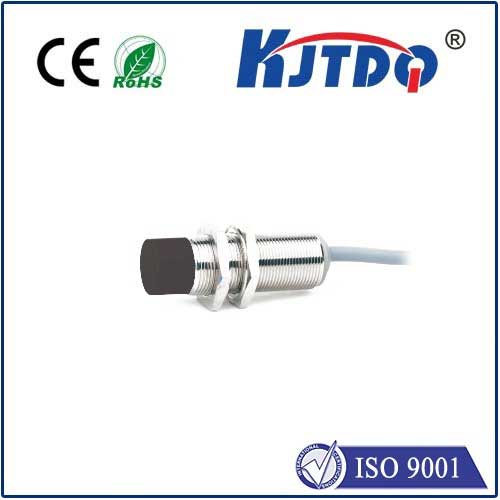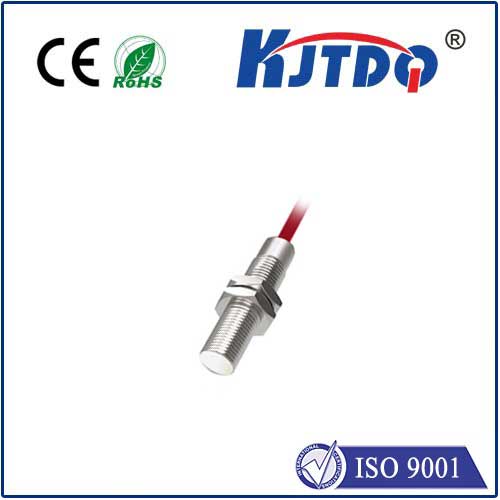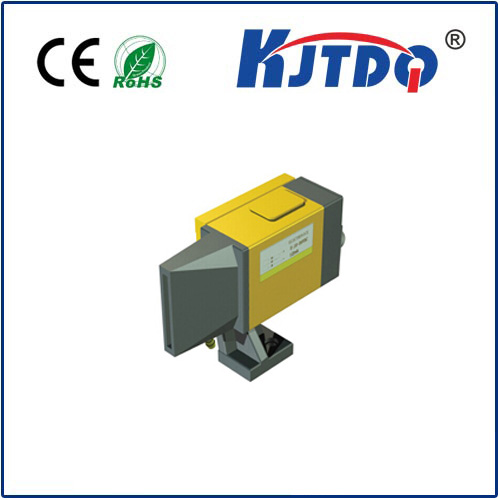

check

check

check

check

check

check

check

check

check

check
Title: Enhancing Precision and Efficiency with Photo Sensor Range
In the realm of technology, precision and efficiency are paramount. One crucial component that aids in achieving these objectives is the photo sensor range. A photo sensor range is an essential part of many electronic devices, including smartphones, cameras, and industrial automation systems. It measures the intensity of light and converts it into an electrical signal that can be processed by the device. In this article, we will delve deeper into the concept of photo sensor range, its applications, and how it enhances precision and efficiency.
The photo sensor range is determined by the ability of a sensor to detect variations in light intensity. This range is often expressed in terms of lux, which is a unit of illuminance. A wider photo sensor range means that the sensor can accurately measure both low and high levels of light intensity. This feature is particularly important in applications where precise measurement of light is necessary for optimal performance.

One such application is in photography. Photographers rely on their camera's ability to accurately capture the light in a scene to produce high-quality images. A camera with a wide photo sensor range can capture details in both bright and dark areas of a scene, resulting in images with greater dynamic range. This allows photographers to create stunning photos with rich colors and deep shadows.
Another area where photo sensor range plays a critical role is in industrial automation. In manufacturing processes, accurate measurement of light is essential for quality control. For example, in the production of semiconductors, the photo sensor range is used to detect defects in the wafers. By measuring the light reflected off the wafer's surface, the sensor can identify any imperfections or impurities. This ensures that only high-quality products are produced, reducing waste and improving efficiency.
In addition to photography and industrial automation, the photo sensor range also has numerous other applications. For instance, it is used in smartphones to automatically adjust the screen brightness based on the ambient light conditions. This not only saves battery life but also provides a more comfortable viewing experience for users. Furthermore, it is utilized in smart homes to control lighting systems, ensuring that the appropriate amount of light is provided based on the time of day and room occupancy.
To maximize the benefits of the photo sensor range, it is imperative to choose a sensor with a wide range and high sensitivity. High sensitivity ensures that the sensor can detect even slight changes in light intensity, while a wide range enables it to operate effectively under different lighting conditions. Additionally, integrating the photo sensor with other sensors and technologies can further enhance its functionality and improve overall system performance.
In conclusion, the photo sensor range is a vital component that plays a significant role in various industries and applications. Its ability to accurately measure light intensity enhances precision and efficiency, leading to improved product quality, reduced waste, and increased user satisfaction. As technology continues to advance, it is likely that we will see even more innovative uses for photo sensors with expanded ranges, further revolutionizing the way we live and work.
